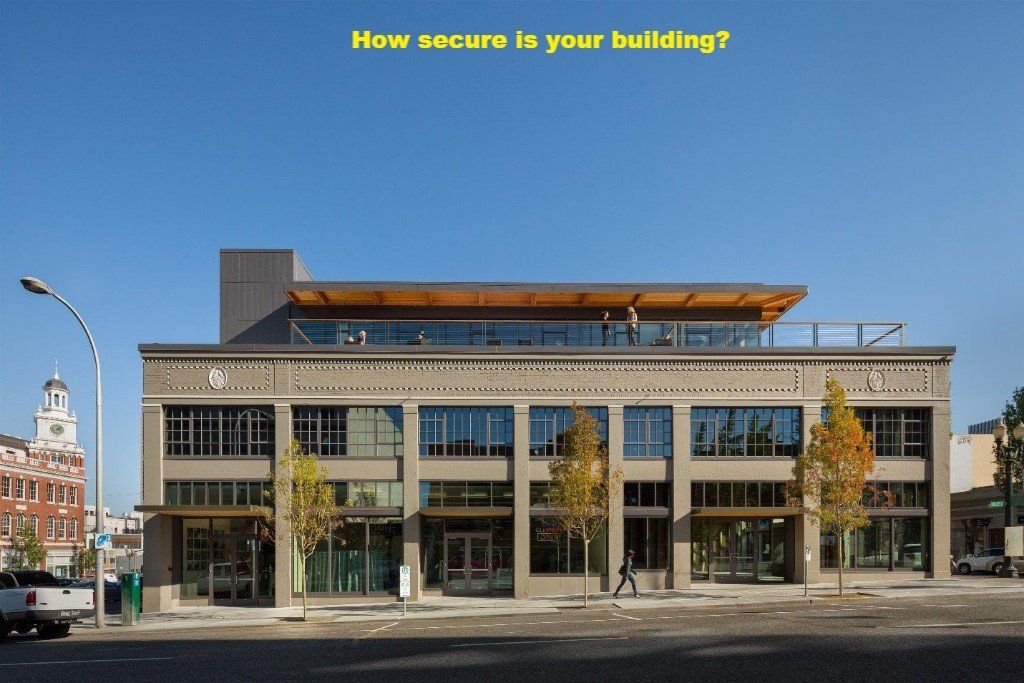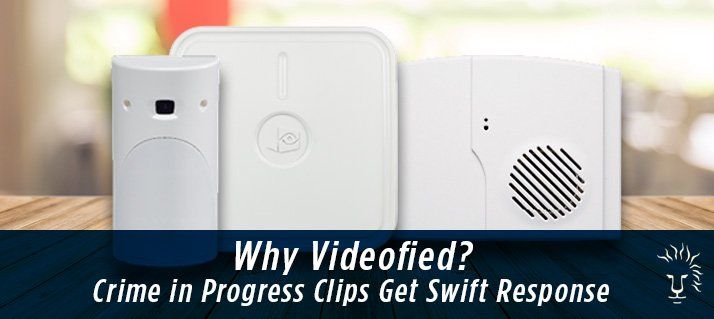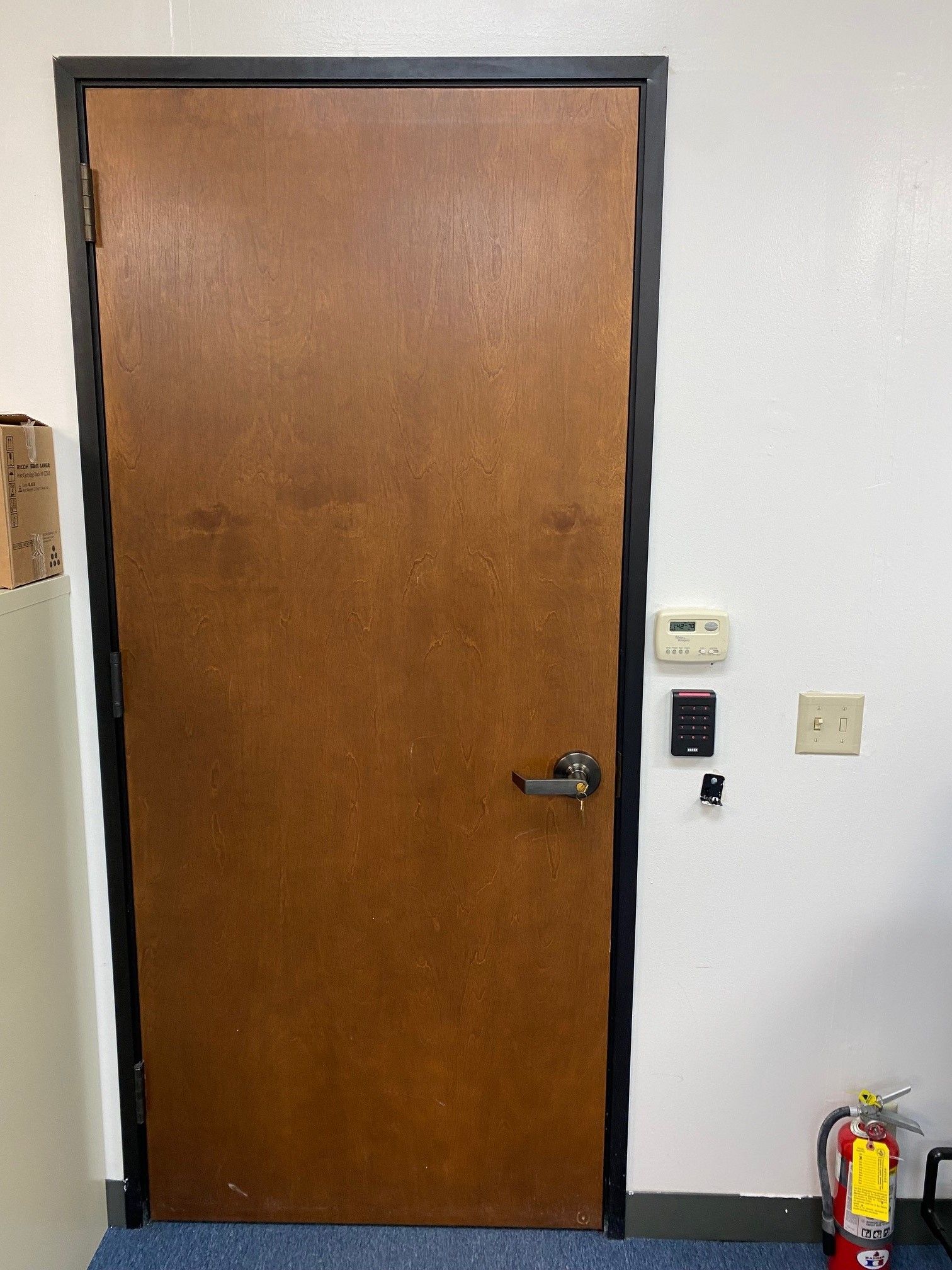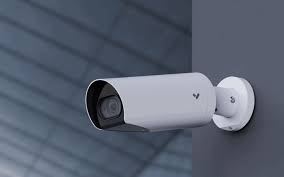WHY VIDEOFIED?
CRIME IN PROGRESS CLIPS GET SWIFT RESPONSE
Whether used to enhance an existing alarm system or as a primary video surveillance option, there are some good reasons to consider Videofied. Videofied integrates cameras, illumination and motion sensors in a single device. When it detects motion, it sends a 10-second video clip of the incident over the cell network for immediate response—and arrests!
Real Time Video Means Real Results
The best security and video surveillance systems employ many different methods to achieve the highest levels of security. Most systems include video surveillance cameras which records events. Videofied adds an additional layer of protection delivering an immediate transmission of a video clip to the monitoring operator, providing a view of a crime in progress. The video confirms the alarm is an actual crime in progress, and not a costly false alarm. This information is relayed to law enforcement who are dispatched on a Priority Response, able to act quickly on real-time and reliable information
Indoor and Outdoor Durability
Whether you need to deter theft, vandalism or break-ins, Videofied, an innovative video alarm security system, can be installed right where you need it. Here are a few of the advantages:
- Self-powered, no AC power needed
- Completely wireless
- All weather from temperatures ranging from -20F to 140F
- Operates for years on a single set of batteries
The Benefits of Modern Security
Videofied offers modern security with flexibility and mobile convenience. Every time one of the built-in motion sensors is tripped, it both notifies you and provides a clip of the incident, whereas a traditional alarm system can only tell you that an alarm was tripped, not who or what caused the incident. The system offers additional unique benefits, as well:
- It can be used to upgrade and enhance existing systems
- Fast and easy install
- Cost effective
- No wires for intruders to cut
- Military grade radio transmission for incredible range and immunity to interference
- Interactive app makes it easy to arm and disarm
- Money saving solution to reduce false alarms
- Wireless passive infrared motion detection cameras
Learn more about how Videofied can enhance the security at your operations! Call us today! 800-498-9297











